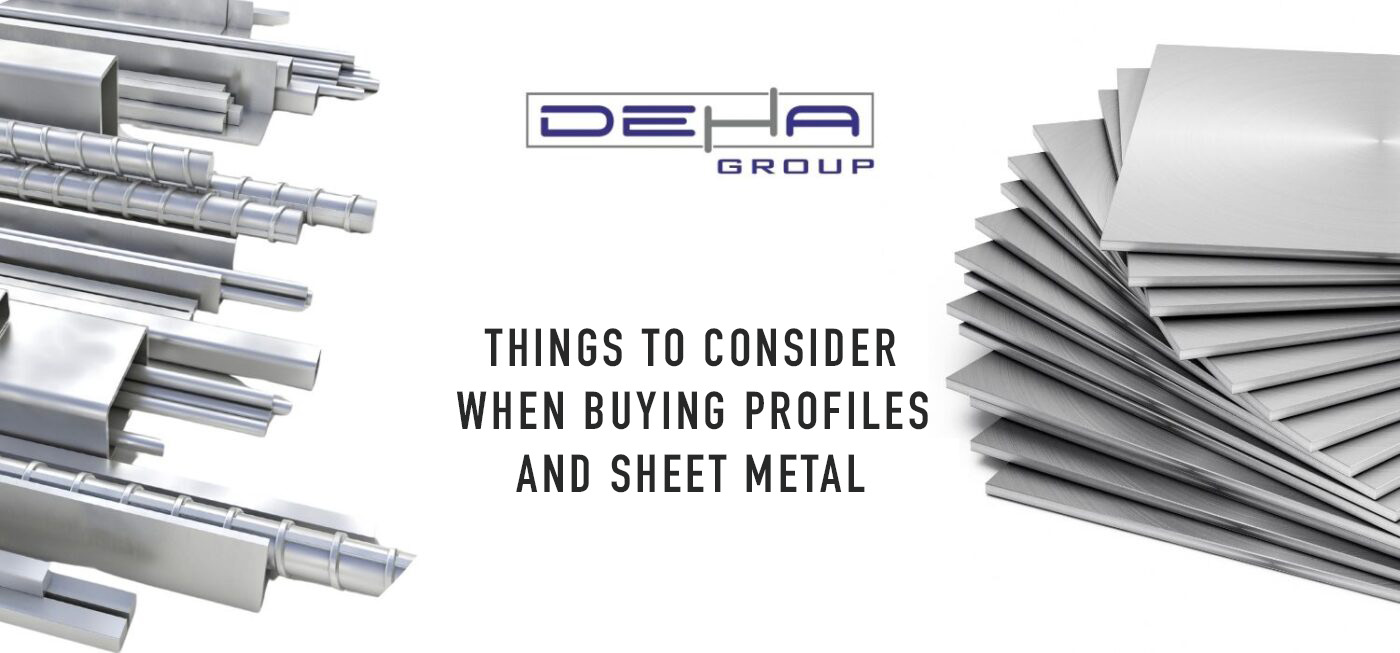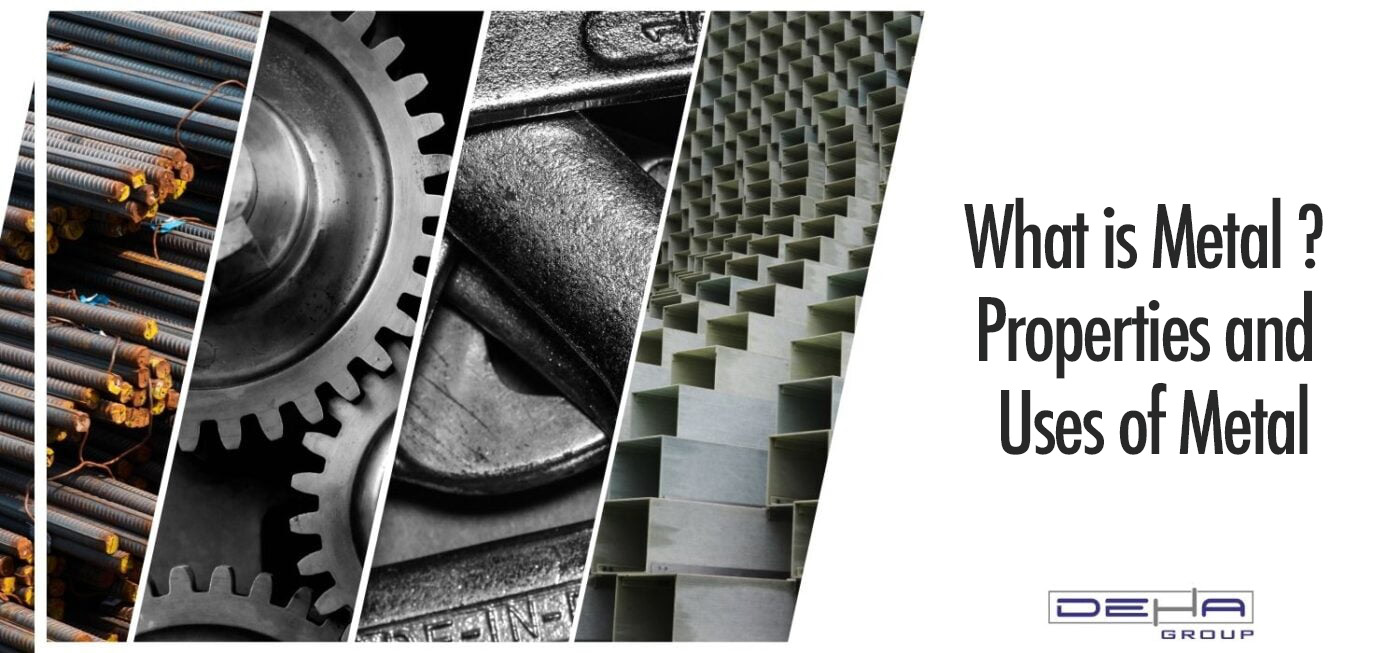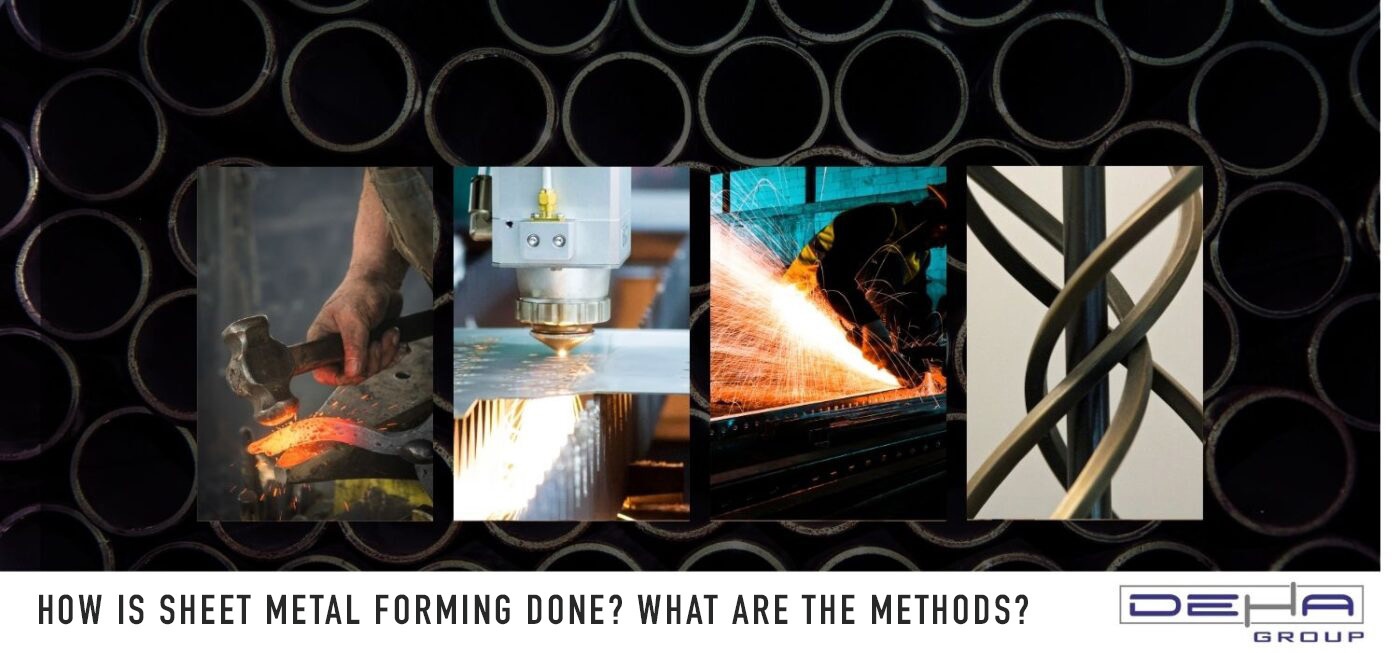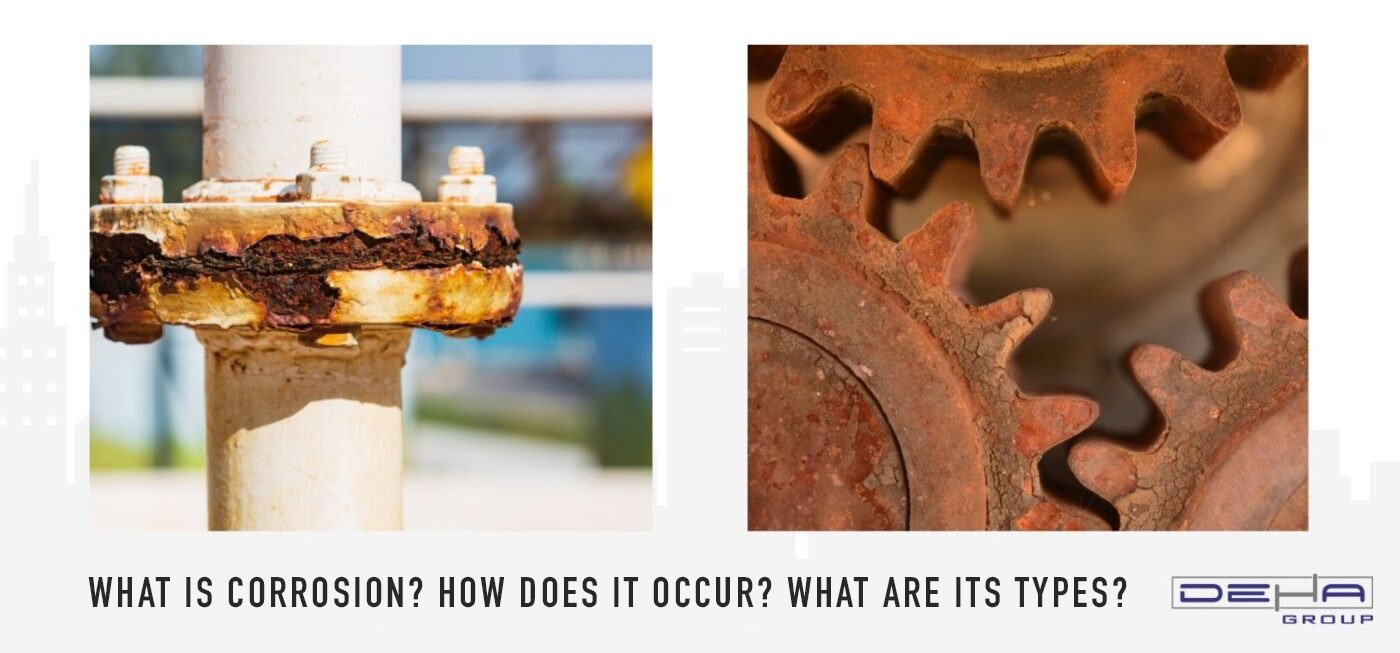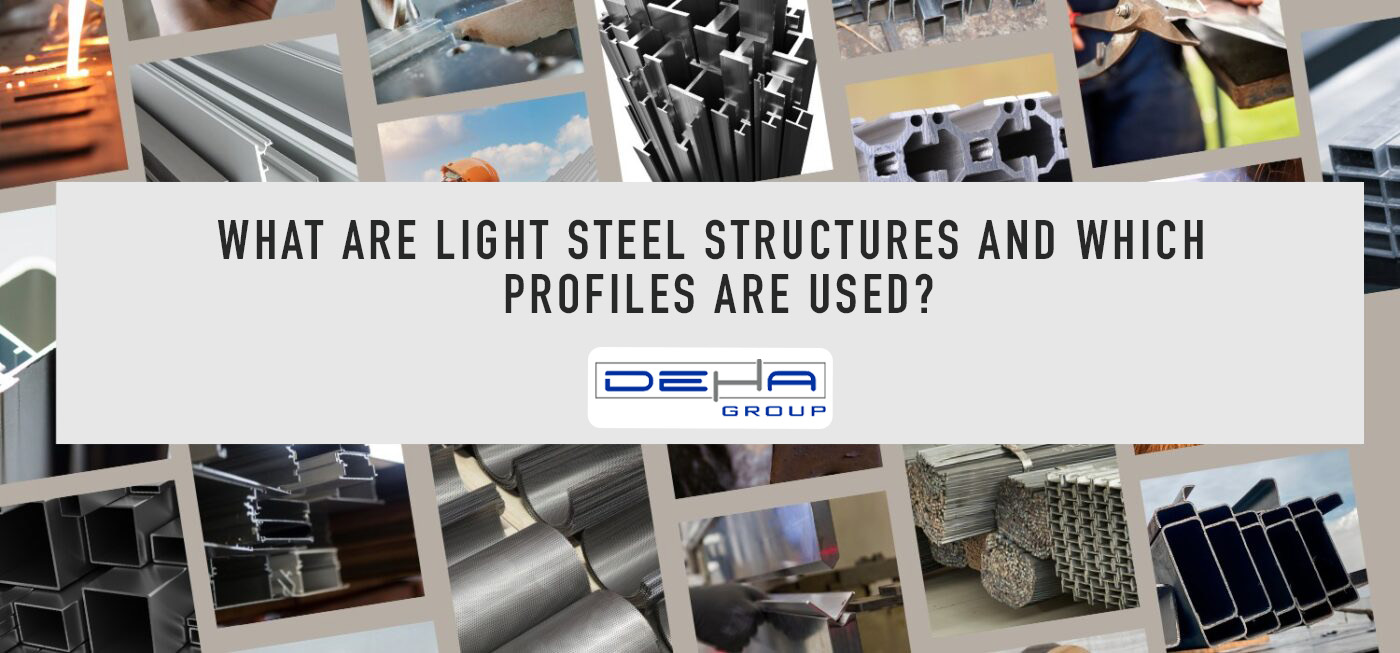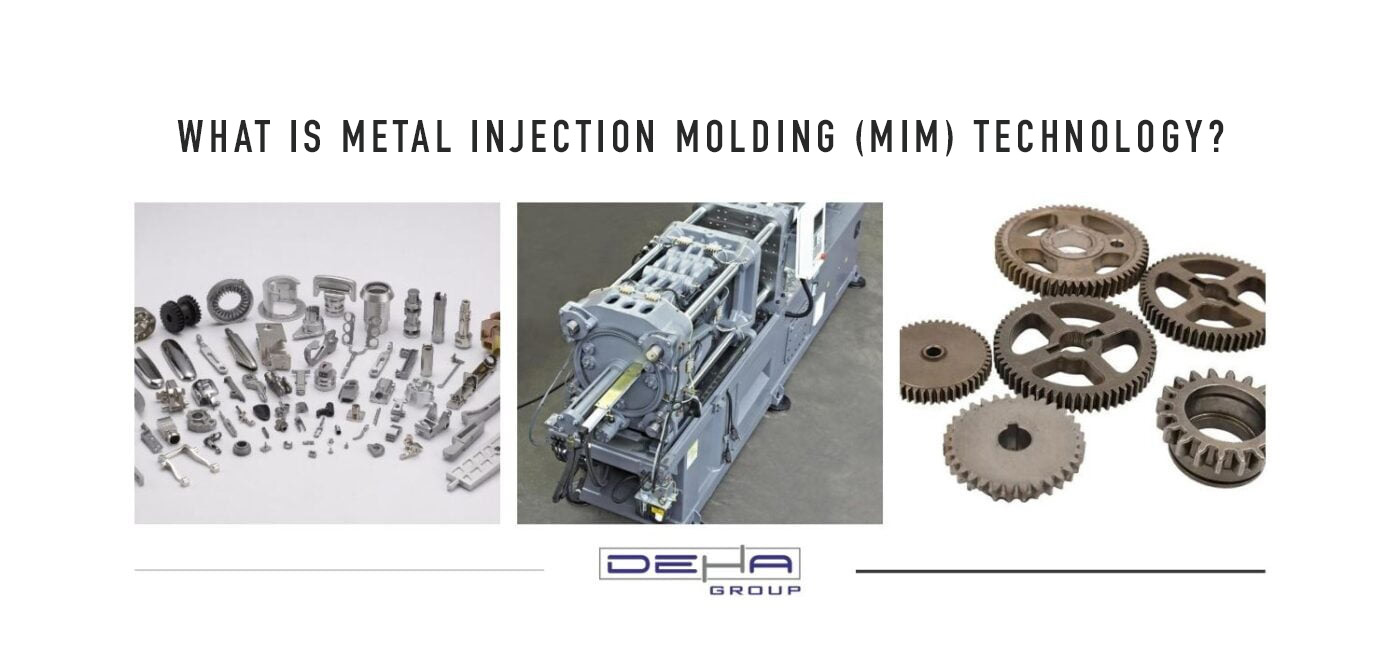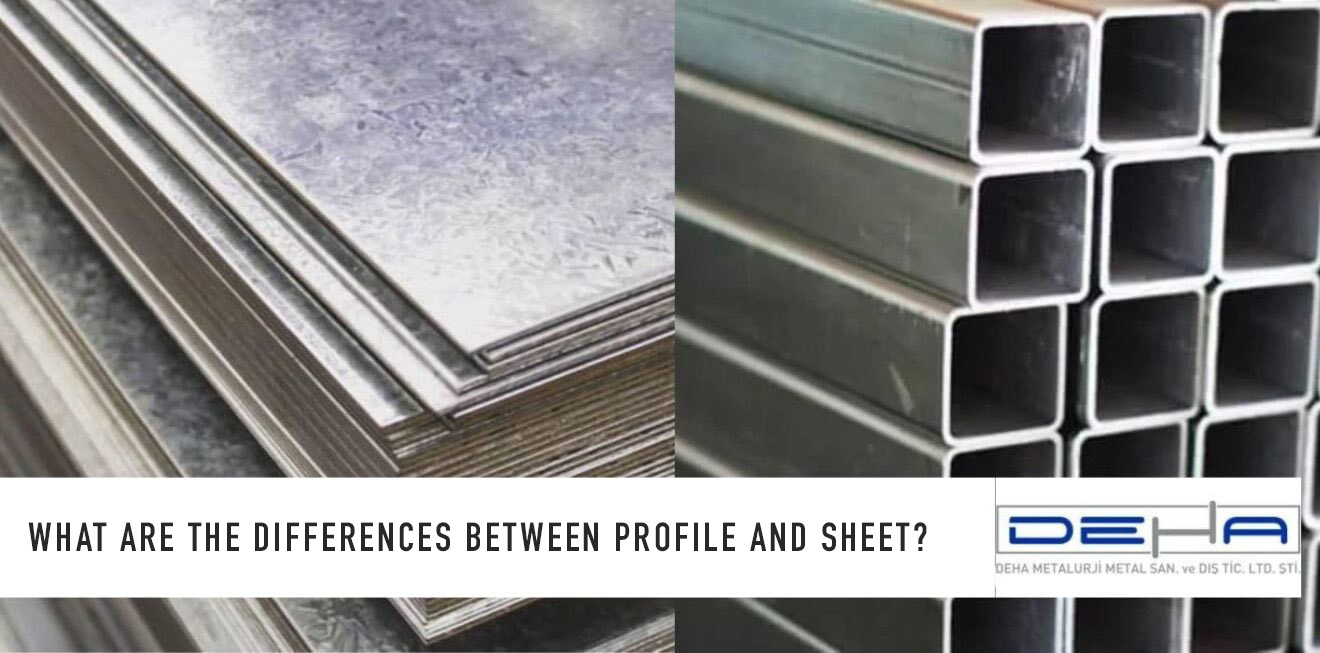
Profile and sheet metal are two different types of materials frequently used in the metal industry. Each has different characteristics and is used in various fields. Here are the differences between profile and sheet metal:
Profiles are metal rods that can be produced in various shapes and sizes. They generally have a specific cross-section and length. Among the types of profiles are L profiles, T profiles, box profiles, corner profiles, and many more.
Applications of Profiles:
| Industry | Application Area |
| Construction | Columns, beams, roofing systems |
| Automotive | Chassis, body parts |
| Machinery Manufacturing | Production of various parts |
Sheet metal is often a flat sheet produced by rolling metal sheets into a coil. They can be manufactured in different thicknesses and sizes.
Applications of Sheet Metal:
| Industry | Application Area |
| Construction | Wall claddings, roof coverings, reinforcement elements |
| Automotive | Vehicle bodies, parts |
| Home Appliances | Body and parts of household appliances |
Profile Features:
- Has high strength and durability.
- Easily machinable and mountable.
- Can be produced in various shapes.
Sheet Features:
- Provides flexible usage, can be cut and bent in different shapes.
- Offers a wide range of sizes and thicknesses.
- Suitable for painting and coating processes due to its smooth surface.
| Feature | Profile | Sheet |
| Shape | Can be produced in various cross-sections. | Flat sheet form. |
| Strength | High | Lower |
| Workability | Easy | Flexible, can be cut and bent into different shapes. |
| Application Area | Construction, automotive, machinery manufacturing | Construction, automotive, home appliances. |
| Application | Columns, beams, roof systems. | Wall cladding, roof cladding, vehicle bodies. |
The costs of profiles and sheet metal vary according to their areas of use, properties, and thicknesses.
Sheet metal can be categorized based on different thicknesses, sizes, and material properties. For example, there are varieties such as carbon steel sheet, stainless steel sheet, and aluminum sheet.
Advantages of Sheet Metal:
- Provides flexible usage opportunities; it can be cut and bent in different shapes.
- Offers a wide range of size and thickness options.
- Thanks to its smooth surface, it is suitable for painting and coating processes.
Disadvantages of Sheet Metal:
- Does not provide as high strength as profiles.
- Since it is in flat sheet form, the production cost is higher for certain shapes.
Profiles can be produced from various materials and in different shapes. There are types like L profiles, T profiles, box profiles, and corner profiles.
Advantages of Profiles:
- They have high strength and durability.
- They are easy to process and install.
- They can be produced in various shapes.
Disadvantages of Profiles:
- They can only be used in specific lengths due to fixed length.
The profiles and sheets produced under a high-quality material structure are preferred especially for durability and longevity.
Profiles and sheets are important material types used for different purposes in the metal industry. Choosing the right material according to your application requirements is crucial for the success of your project.

 TR
TR

